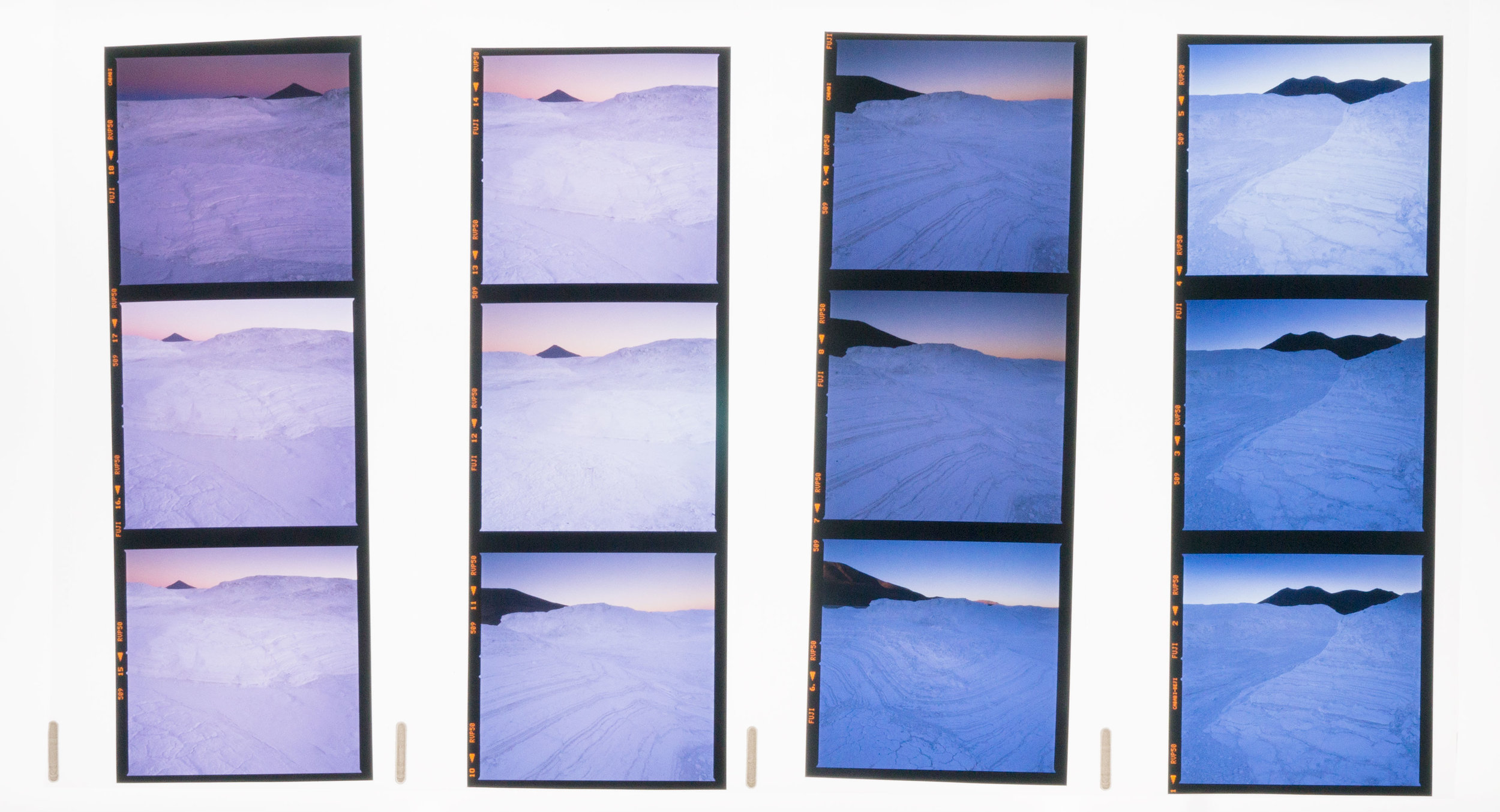When something comes along that we have never experienced before, some are able to see it as the great wonder that it may be while others find it hard to take the new step on board.
Now let's mirror this in what we do as creative people. If you are always creating work that you can accept, then I would like to suggest to you that you are only treading water. You know where you are because you've either been here before many times, or someone else has.
Conversely, if you venture into an area that is new to you, or something you've never encountered before elsewhere, I would suggest that you are growing.
it can feel like you might have gone too far. You may be scared, or uncertain because you are now in unfamiliar terrain. If you feel this way, then that's great, because when you're riding the crest of a wave, you should feel scared (and dare I suggest - alive). Being somewhere you've never been before is good for you.
When you get there, you may feel that what you have created is too weird, or strange. Maybe you don't feel you get it yourself. This is normal. Like trying out a new style of clothing, something that you had never thought would suit you, you may find after a while that it was a natural progression.
If you manage to get to this point, you should congratulate yourself, because I don't think this happens very often. In general, most of us stay within our comfort zones and create the derivative - we see what else is around us and we replicate it. Without thinking about what we're doing, we may be fitting in, but we're not standing out. We've lost our individuality. We conform.
Great work comes from going it alone. To make a mark, you have to be different, and to do that, you cannot follow others. You have to find your own path. One way to do that is to not give a damn about what others are doing and to give your creativity the freedom it deserves. This can only come from some kind of confidence or self-belief, and that only comes if you give yourself the permission to experiment. You need to give your creativity the freedom to be what it needs to be. You know this is the right approach. Control it too much and you'll be right back to producing something bland and derivative. Sure, everyone will get it, but they only get it, because everyone else is doing it too.
If we only keep within the realms of what others think is cool, then we are in danger of becoming lost. We won't be pushing the boundaries of the medium, and most importantly, we won't be finding out who we are, or what we are capable of.
Instead, we will simply be losing ourselves to someone else's story, to someone else's idea that has already been tried and tested so many times before by so many others, that it can't possibly be yours.
So what is it to be? Do you want to reach the levels of the work created by others you admire, or would you much rather find out who you are?
The choice is yours.














